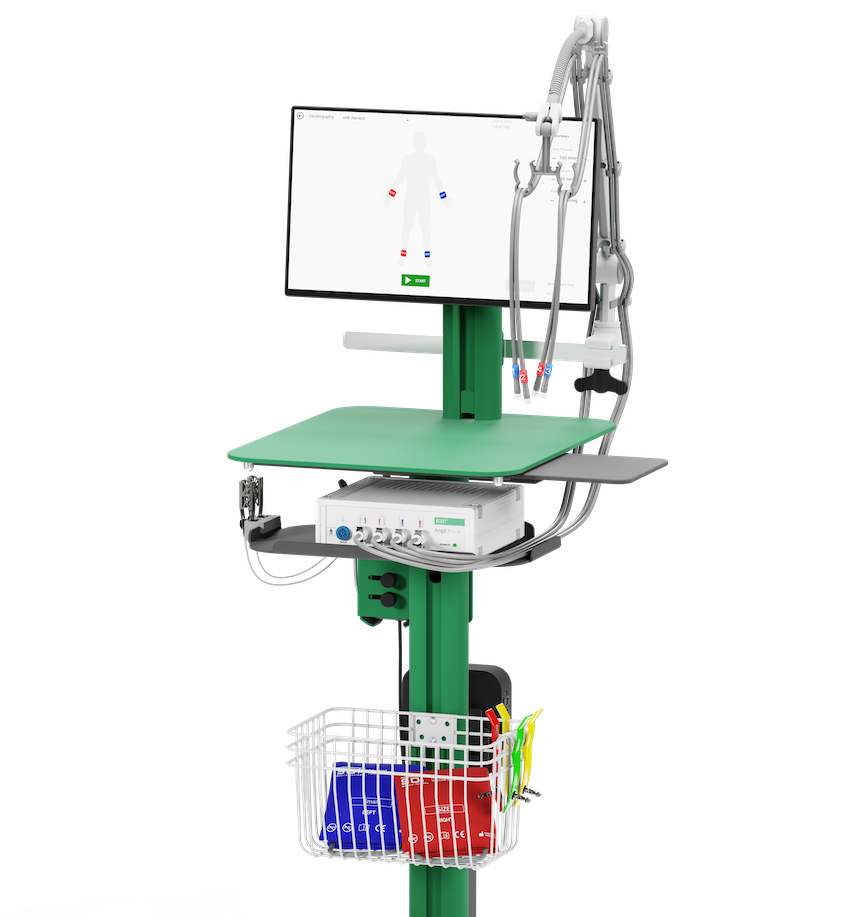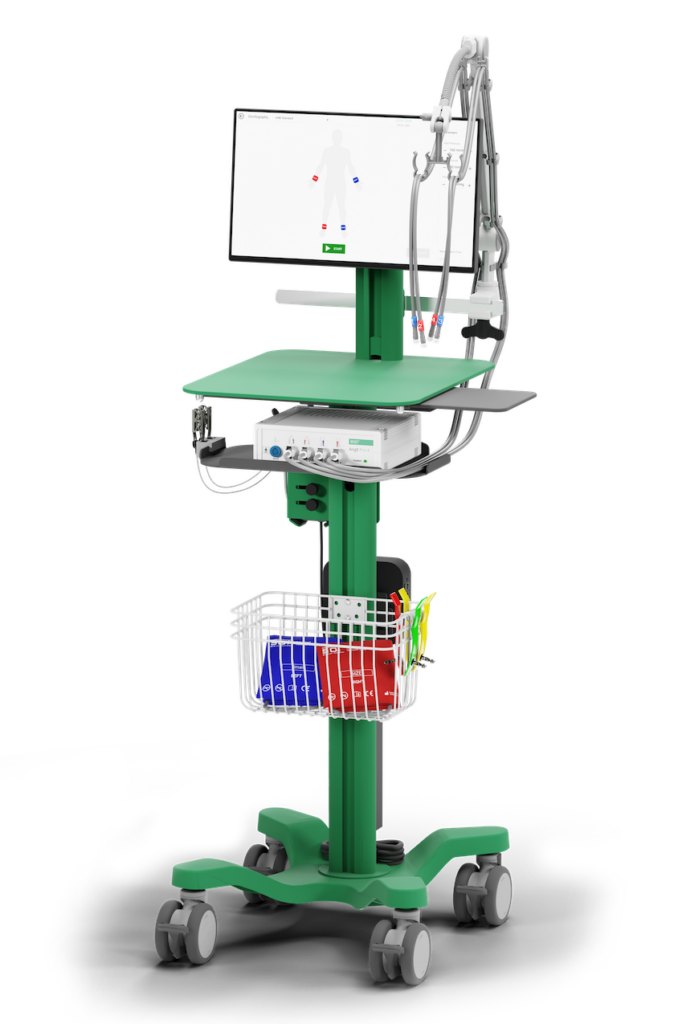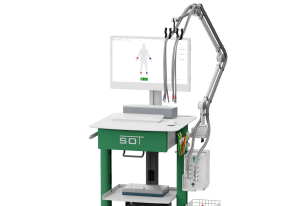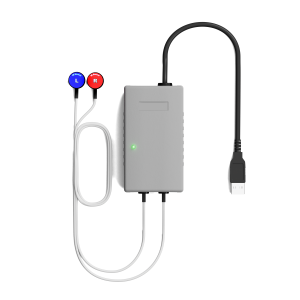
AngE™ ABI+
Vascular Screening in 1 Minute
🇦🇹 Made in Austria
Request a PresentationDetect early signs of vascular disease — even in patients with no symptoms
Prevent amputations and other Cardio Vascular Diseases (CVDs), the world's leading cause of death.
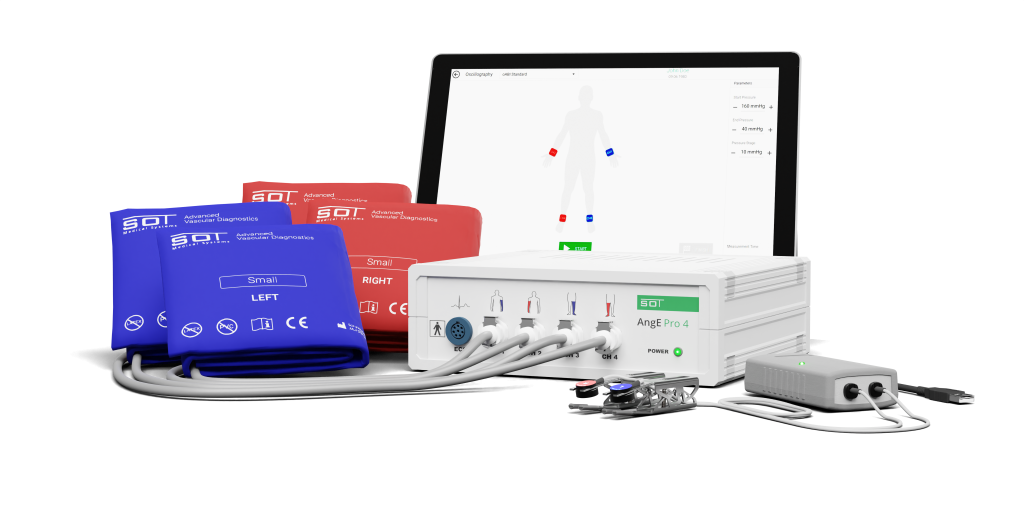
Vascular Health Score New
Easy Interpretation for Anyone
The AngE™ ABI+ automatically calculates a Vascular Health Score, combining multiple parameters into one easy-to-read result. It is a standardized score that supports early detection and patient engagement.
Request a Presentation
All-in-one Vascular Lab
Record more than 15 different vascular parameters and up to 20 test protocols for complete arterial and venous assessments.
Clinical Applications
Atherosclerosis PAD – Peripheral Arterial Disease Limb Ischemia Arterial Stiffness IAD – Interarm Blood Pressure Differences Diabetic Foot / Ulcera Arhythmic Heartbeat / Arrhythmia TOS – Thoracic Outlet Syndrome Raynaud’s Syndrome CVI – Chronic Venous Insufficiency
Automated Vascular Screening in 1 Minute
Accurate, even with high blood pressure or calcified arteries.
Key Benefits
Time-Saving
Complete vascular screening in 1 minute — versus ~10 minutes with Doppler ABI or ~20 minutes with TcpO₂.
Accurate
Simultaneous cuff measurement of all vessels and collaterals for greater precision than single-vessel Doppler tests.
Simultaneous
Instant left–right comparison to detect even the smallest differences in timing and amplitude.
Standardized
Consistent, repeatable results with reduced human error — no specialist training required.
Why Clinics Choose AngE™ ABI+
High Patient Acceptance
Non-invasive, painless, and fast — ideal for preventive check-ups.
Multiple Parameters in One Test
ABI, PWV, PWI™, PVR, TBI, and more for a complete vascular profile.
Pay-Per-Use Model
No large upfront investment and usage-based billing, for ROI from day one. Learn more >
One-Page PDF Report
Branded with your clinic logo for patient records and referrals.
Upgrade Anytime
Two additional optical PPG probes to determine Toe-Brachial-Index – TBI, systolic Toe Pressure, Skin Temperature and Venous Function.
Works with Your System
The AngE Software supports DICOM and HL7 and works natively both on macOS and Windows computers.
Early detection of PAD is essential:
are affected
PAD affects 1 in 8 adults worldwide.*
are asymptomatic
Up to 50% of patients show no symptoms until it’s too late.*
die within 4 years
Only half of PAD amputees survive more than four years.*
Test Protocols
Included or extendable measurement methods.
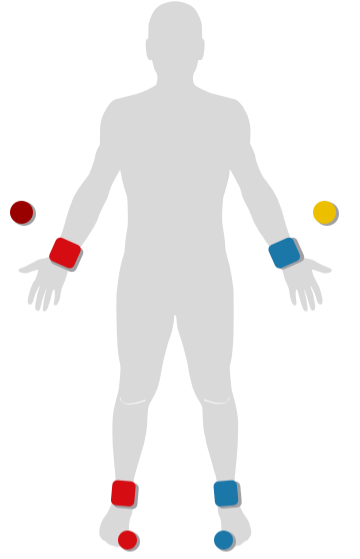
Vascular Screening
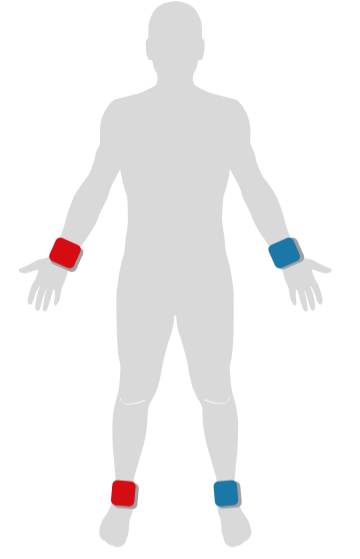
ABI
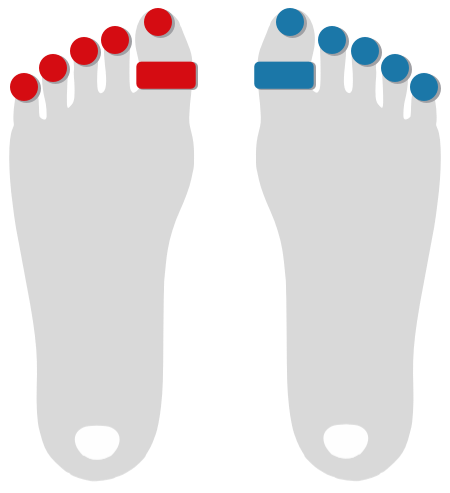
TBI
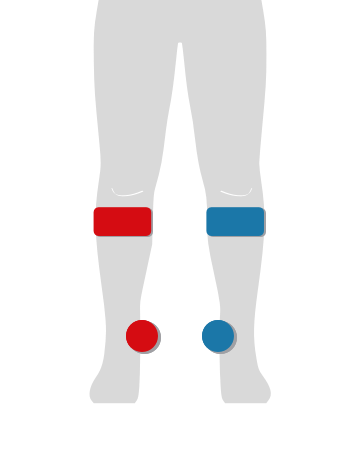
CVI

Toe Pressure
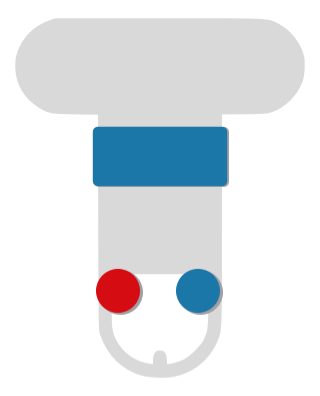
Erectile Dysfunction
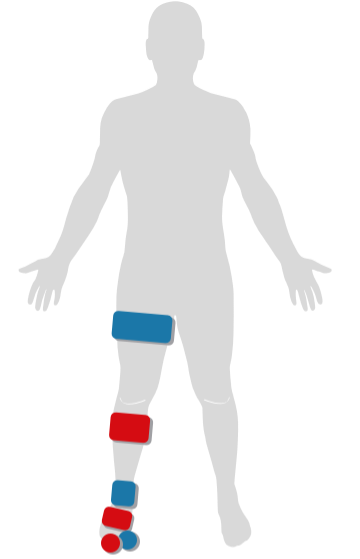
Segmental
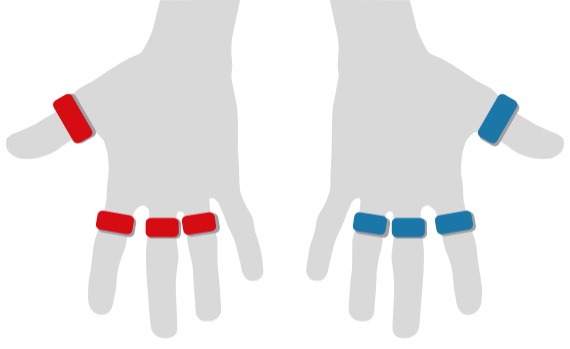
Raynaud's Syndrome
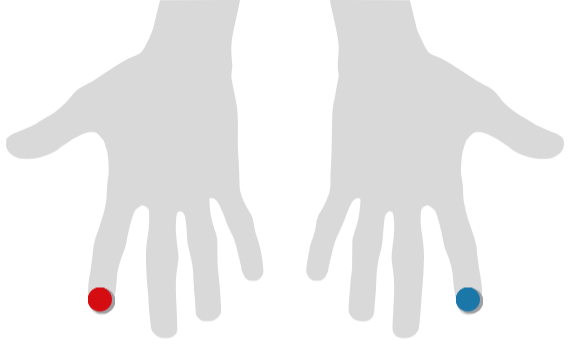
TOS

Stress Test
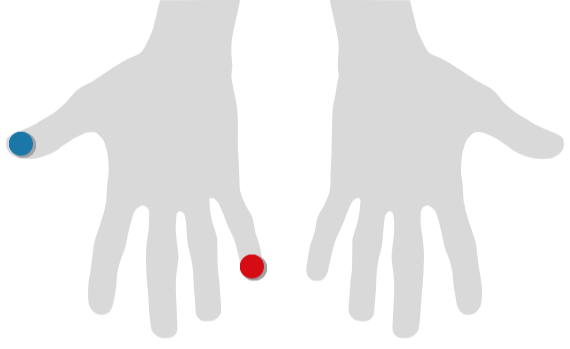
Allen's Test

Finger Flow
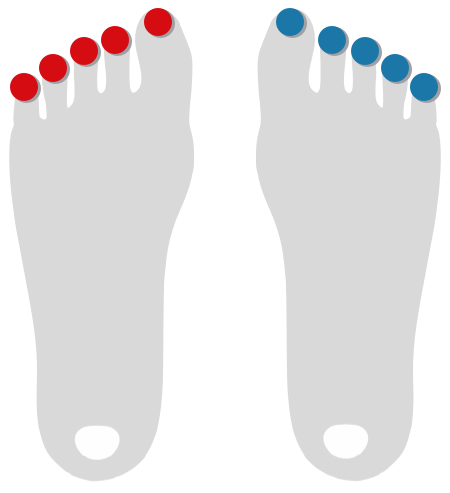
Toe Flow

Add Custom Tests
Detailed Report
The overview report combines pulse wave and measurement parameters for easy interpretation.
macOS and Windows compatible.
Request a Presentation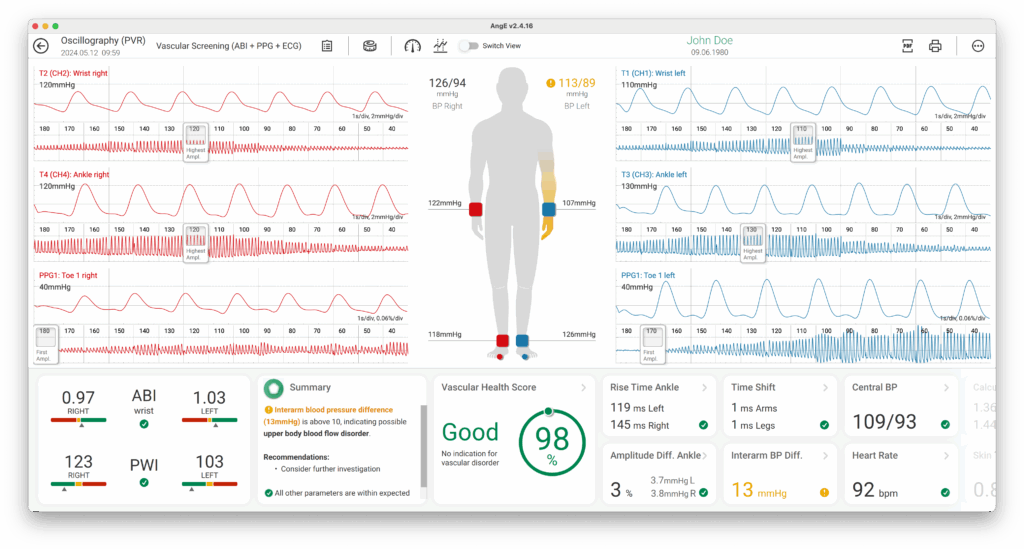
Simultaneous recording on arms, legs and toes
TOPP – Tissue Optical Perfusion Pressure
AngE™ ABI+ combines four measuring cuffs and two optical sensors to enable the measurement on six measuring spots simultaneously. This creates diverse possibilities to detect blood flow disorders within the terminal vessels as well as to assess the wound healing success of diabetic patients.
The innovative TOPP method was developed in collaboration with: Prof. Dr. Georg Horstick
Prof. Dr. Georg Horstick
Practice for Vascular and Cardiac Medicine
Micro- and Macrocirculation
Assess the Micro- and Macrocirculation to estimate the Wound Healing success.
Stress Tests
Record the patients' blood circulation after passive and active stress tests, such as knee bends and toe tip stands, for effective clarification.
How To: Vascular Screening
Ideal for early detection: combine ABI, toes and ECG
How To: ABI Standard Test
Simple and fast 4-cuff ABI test
How To: Toe Pressure and TBI
Determine systolic toe pressure and Toe-Brachial-Index
How To: Venous Function Test
Check for CVI – Chronic Venous Insufficiency and Venous Valve Incompetence
Scientific Publications
"Time consumption for testing was significantly lower using the semiautomated AngE-device – a finding that is economically important, especially in high volume centers and epidemiologic studies."
– Mayr, Hirschl, Klein-Weigel, Girardi, Kundi; 2019
"Tissue optical perfusion pressure: a simplified, more reliable, and faster assessment of pedal microcirculation in peripheral artery disease."
– Horstick, Messner, Grundmann, Yalcin, Weisser, Espinola-Klein; 2020
Request a Presentation
Submit the form and an SOT expert will be in contact shortly.
* Sources:
World Health Organisation, 2014;
AHA – American Heart Association, "Asymptomatic Peripheral Arterial Disease Is Associated With More Adverse Lower Extremity Characteristics Than Intermittent Claudication", 2007
References
1. Automated oscillometric blood pressure and pulse-wave acquisition for evaluation of vascular stiffness in atherosclerosis. (Massmann et al. 2017)
2. Diagnostic Accuracy Study of an Oscillometric Ankle-Brachial Index in Peripheral Arterial Disease: The Influence of Oscillometric Errors and Calcified Legs. (Herráiz-Adilo et al. 2016)
3. Interrater and intrarater reliability of photoplethysmography for measuring toe blood pressure and toe- brachial index in people with diabetes mellitus. (Scanlon C. et al. 2012)
4. Photoplethysmography detection of lower limb peripheral arterial occlusive disease: a comparison of pulse timing, amplitude and shape characteristics. (Allen J et al. 2005)
Excellent Support
in 60 Seconds
Our product experts in Austria will help you with remote support without any waiting time or ticket system. Call us during office hours and we will help you within 60 seconds.
Mo - Th: 8am - 5pm, Fr: 8am - 12am
